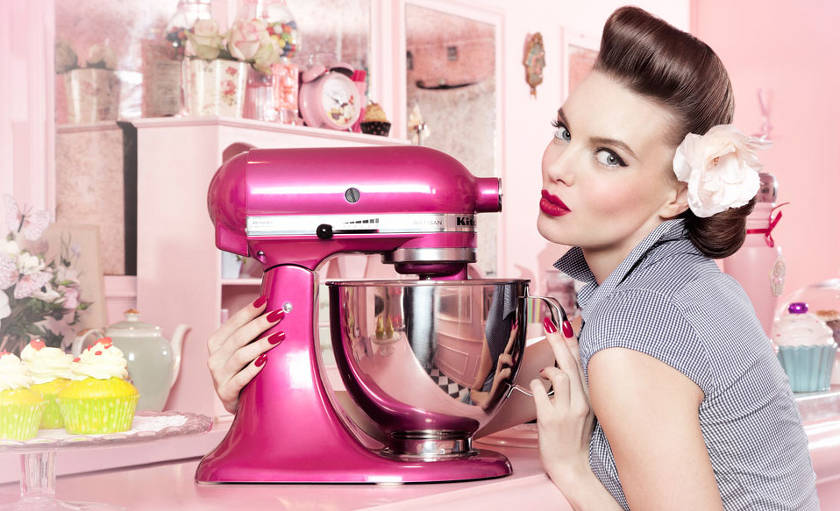Let's start with one of the most common questions - which is better mixer and blender? Indeed, each of the devices is suitable for mixing ingredients, but their main purpose is too different to compare. The key task of the blender is to grind products, and the mixer to whisk. When buying a second device, you should first determine the volume of the bowl, after which you can familiarize yourself with our rated mixersto simplify the task.
Types of Mixers
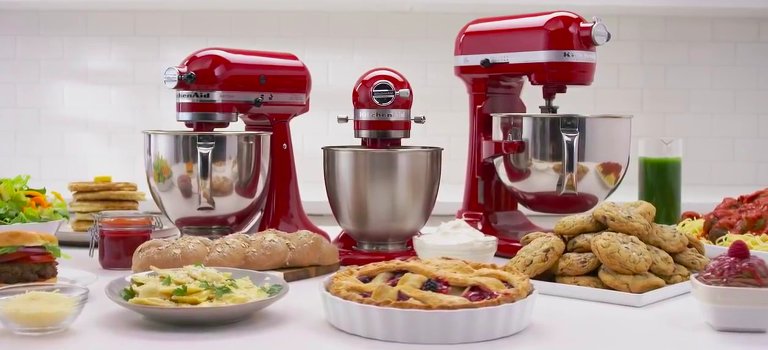
Recently, more and more combined models appear, including the functions of a meat grinder, blender and other household appliances. When buying such a device, please note that it must be protected from overheating, since an abundance of functions provides for an increased load. At the same time, regardless of additional options, the following types of mixers are distinguished today:
- Manual - the cheapest option, providing for the operation of the device in the hands of the user. It attracts not only with a low price, but also with its dimensions. However, low power and limited functionality are unlikely to help you mix and whisk products efficiently;
- Stationary - equipped with a special holder and bowl, which allows you to perform work in automatic mode. The downside is that you can’t mix the ingredients in any dishes;
- Planetary - differs in that in addition to the nozzles, the block itself rotates to which they are attached. This has a positive effect on the performance of soft and hard ingredients. When choosing a planetary mixer, keep in mind that they are of the following types: professional, semi-professional and domestic. The first two types are created for confectioners, and are used more often in cafes and restaurants than at home.
Optimum power
The performance of the device depends not only on the power, but also the capacity of the bowl. That is, you can’t buy a weak mixer to mix 1-2 kg of food. This will cause it to simply burn. When choosing a mixer for the home, you should also consider that dense mixtures require more performance than liquid products. It is important that there are several speeds for optimal whipping or mixing different ingredients. For liquid soup puree, 150-200 W and a single-mode device are enough. But, if you intend to beat a dense dough, you will need at least 300 watts. However, for different types of equipment the optimal parameters differ:
- 200-300 W - for a hand mixer;
- 300-600 W - for stationary;
- 1000-2200 W - for planetary.
Mixer bowl selection
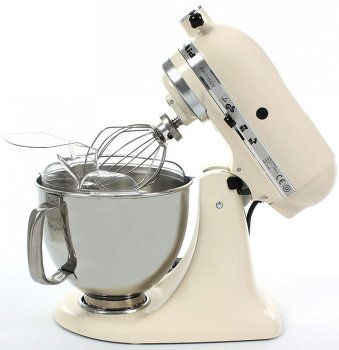
The container for products, as well as the case of the device, can be made of plastic, glass or metal. The first option involves a low cost, but a short lifetime. Glass is an environmentally friendly material, strong enough, but not too practical for the mixer, because it is subject to mechanical damage. Therefore, experts recommend choosing a metal bowl when choosing a mixer. Such containers are strong, durable and practical. However, significantly more expensive and heavier.
As for the optimal capacity - it all depends on your needs. Please note that a sufficiently powerful model is capable of processing from 2 to 5 liters of food in one cycle. In this case, it is necessary to consider how many people are in the family, and how often you will operate the equipment:
- 2-3 people - 2-2.5 liters;
- 4-6 family members - 3-4 liters;
- for intensive use - from 5 liters.
At the same time, household planetary mixers can be equipped with a bowl from 3 to 7 liters, and professional ones up to 140 liters. Please note that the container is never filled to the brim to prevent splashing. Therefore, when buying a particular model, immediately take 20-25% of the bowl capacity, and find out the real working volume.
Necessary nozzles
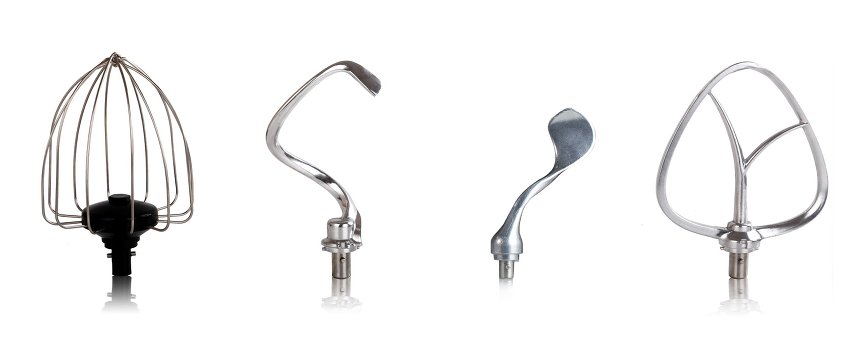
As you already understood, the right choice of a mixer provides for a responsible attitude to different parameters, and nozzles play a significant role. Models with good equipment may cost 30-40% more, and not all of the additional parts are used in everyday life. Therefore, we will consider the most basic:
- beaters - used to whip liquid incidents, including eggs, cream, cream;
- hooks - necessary for kneading dough;
- bitter - is included in the standard set of a planetary mixer, and is used to prepare fillings;
- for mashed potatoes - a useful nozzle that allows you to cook homogeneous sauces, mousses, vegetable dishes;
- sieve - suitable for sifting various products, including flour.
If you purchase a combined model, the equipment must meet the requirements for additional functions of the device.
Mixer Expert Advice
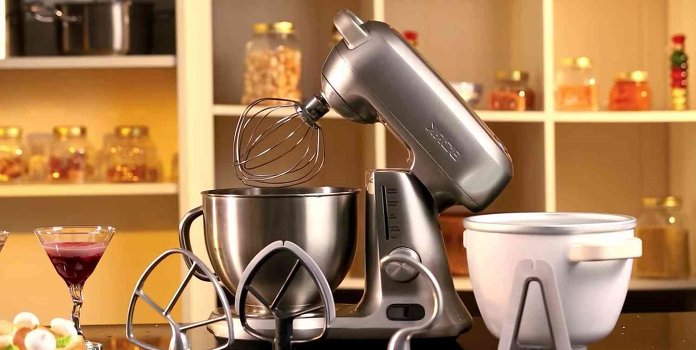
Unfortunately, novice users rarely think about the convenience of operating equipment, focusing only on power and brand. If you do not know how to choose a mixer for domestic needs, pay attention to the number of modes. After a few sessions, you will understand why this is so important:
- Turbo mode - short acceleration of nozzle movements, which allows to achieve maximum grinding;
- Bowl rotation - a useful mode for uniform mixing of ingredients;
- Impulsive mode - the maximum speed that is used to work with solid products;
- Slow start - prevents splashing due to a smooth increase in power.
What else needs to be considered?
In addition to the number of speeds and operating modes, weight, cable length, power and the number of sockets for nozzles play a secondary role. If you want to choose a good mixer, focus on models with 6-10 speeds. The length of the power cord can range from 1 to 1.8 meters. It depends on where you plan to put the device. Food is provided in 2 options: from a network and the accumulator. The first is more durable, as practice shows. For a planetary mixer, the number of nozzles can reach 4 units. It's too much. It’s quite enough. 2. Standard and manual models completely cost one nozzle. In terms of weight, everything is simple: the main thing is that you are simple. Of course, the hand mixer should be light.
We hope this is enough so that you can acquire a reliable, efficient and convenient model. Good luck


